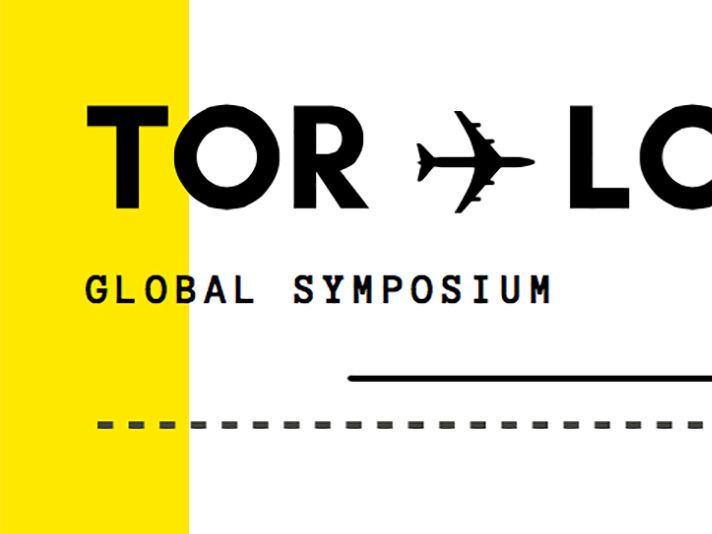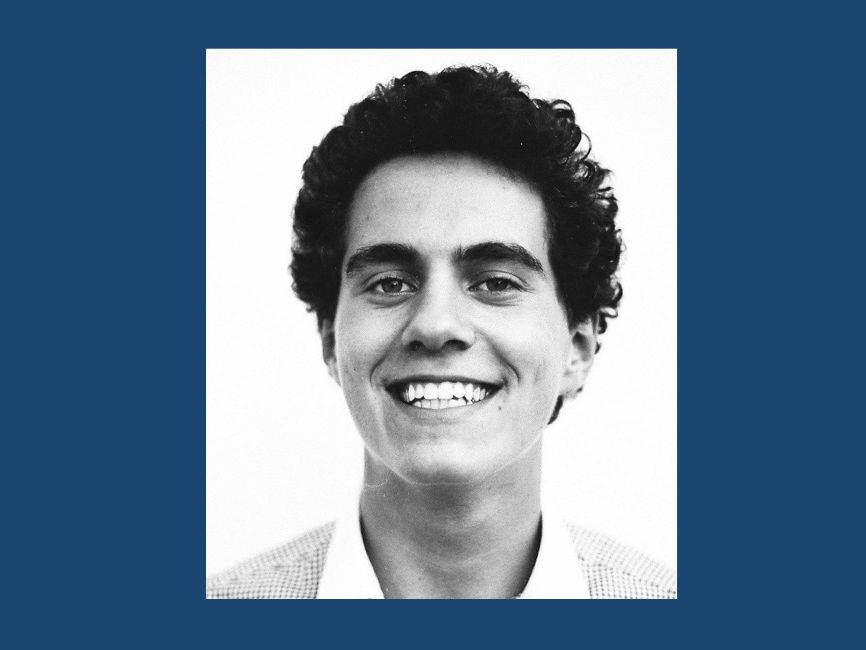
Graduate Voices: Mariam Sesay

- Written byChloe Murphy
- Published date 22 October 2021

The media landscape is constantly evolving, with platforms increasingly generating new forms of content to capture the attention of both physical and digital audiences.
As global shifts prompt vital conversations around selfhood and representation, exploring factors that drive developments in how we communicate with each other helps us to understand current media contexts as well as related future trends.
At London College of Communication (LCC), our BA (Hons) Media Communications course supports students to learn about the impact of media on society and culture. Using a mix of theory and creative practice, they gain an in-depth understanding of current media theories, developing a critical understanding of different technologies through content production and inspiring debate.
Crucially, they also belong to LCC’s wider creative community, which enables them to explore media-making processes and connect to the thinkers, makers and innovators working in a range of diverse fields around them.

Mariam Sesay
Mariam Sesay graduated from BA (Hons) Media Communications in 2021. Working creatively across multiple media forms, her practice prioritises critical thinking, sustainable practices and user experience through graphic design, photography, art direction and social media marketing.
Mariam’s Graduate Showcase project, Deeper Than Our Roots, takes the form of a concept campaign which connects Black individuals with culture, hair and nature through 4 natural elements of minerals, water, fire and earth.
Aiming to tackle hair discrimination within mainstream media, the project uses the experiences of 4 Black-British women and 1 man to explore self-perception of their hair, and considers the role of the media itself across forms of Black identity and representation. Presented through transmedia marketing, the campaign also focuses on the use of a concept brand, Hapii – a name derived from Mariam’s personal connection to the Mende tribe in Sierra Leone, which means ‘roots of a plant’.
In celebration of Black History Month, we chatted to Mariam about her work, the inspiration behind her creative practice, and wider shifting influences on Black artistry.

Who are your biggest creative influences?
My favourite artist at the moment is Prince Gyasi because his work not only inspires me, but also makes me feel something. It's always an experience viewing it - from his use of colour to hints of surrealism, it ultimately feels like a fantasy world.
Beyond individual creative influences, I take great inspiration from nature. I feel the world we live in is the greatest creative inspiration to me.
How does your cultural identity influence your artistry?
My cultural identity influences my artistry through many aspects whenever working creatively. I love linking my practice to my roots which is my Sierra Leone background in West Africa, and I usually experiment with African fabrics, prints and tribal culture.
Additionally, I like to connect my subjects to their cultural background and emit that through the final piece.
Have recent global events and movements influenced your practice?
Definitely! I would say my work has become more digitally-centred due to recent events, and I also think they’ve inspired my practice to be more intentional with messaging and meaning.
The past year encouraged a time for reflection, new beginnings and purpose.

Where do you think the future of Black artistry is going?
I think Black artistry is forever evolving, I’m seeing more and more artists connecting to their roots and sharing our culture with the world in both traditional and modern ways.
It’s definitely becoming more globalised too, from hitting the top charts in music to having more African/Caribbean art exhibitions and Black artists using African/Caribbean-infused fashion styles.
Black artistry is no longer limited, and I think that the digitalisation of society has also definitely helped provide equality in reach.
How has your own practice and work been developing since graduating from LCC?
I would say my practice is continuing to develop as I’ve entered the professional industries.
I’ve been given the opportunity to apply the foundations of digital designing and social media marketing within my job, and also had the opportunity to propose exciting and engaging strategies for audience engagement. I’ve also had the chance to create social media assets that support and educate our audiences, especially for Black History Month.
Related links:
- Explore more of Mariam's work on the UAL Graduate Showcase.
- Study BA (Hons) Media Communications at London College of Communication.
- Find out more about the work of our Media School.



